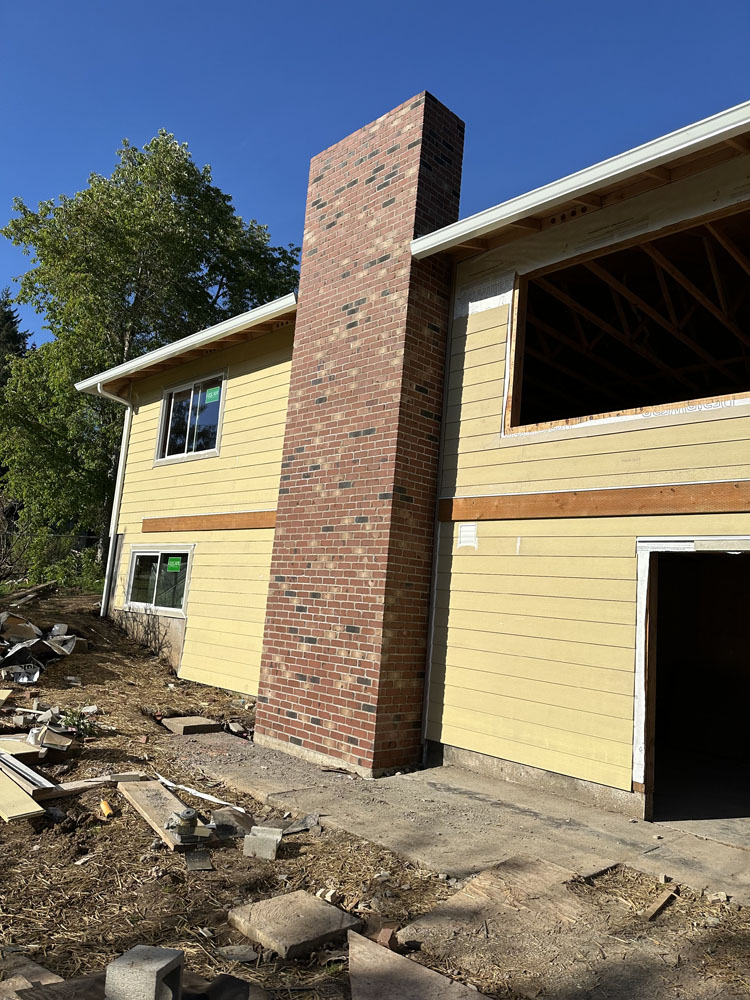Introduction
When it comes to construction, there's a phrase that rings true: "It's not just about what you build; it's about how you build it." The materials you choose play a pivotal role in the durability and aesthetics of your project. But did you know that weather conditions can significantly influence your material choices? That's right! Whether you're working on a quaint little cottage in the sunny south or a towering skyscraper in the windy north, understanding how weather affects your materials is crucial. In this article, we’ll explore the intricate relationship between weather conditions and Masonry Contractor Near You in Salem building materials, offering insights that even experienced masonry contractors should keep in mind.
How Weather Conditions Affect Your Choice of Materials
Weather conditions can make or break a construction project. The choice of materials hinges not only on aesthetic preferences but also on how those materials will withstand various environmental factors. For instance, extreme temperatures, humidity levels, and precipitation can all impact material performance.
The Impact of Temperature on Material Selection
Temperature plays a significant role in find Salem masonry contractor determining which materials are suitable for your construction project.
High Temperatures: The Heat is On!
In regions where sweltering heat is the norm, materials must be chosen with care. For example:
- Concrete: At high temperatures, concrete sets faster than usual. This can lead to cracks if not properly managed. A masonry contractor should consider using retarders to slow down curing time. Wood: In hot climates, wood can warp or crack if not treated properly. Pressure-treated woods or synthetic alternatives may be more appropriate.
Cold Temperatures: Chill Out!
Conversely, cold weather brings its own set of challenges:
- Mortar: Typically used by masonry contractors, mortar needs to cure at specific temperatures. If it's too cold, it may freeze before hardening. Insulation Materials: Choosing insulation that performs well in cold climates is essential for energy efficiency.
Humidity: The Moisture Factor
Humidity levels directly affect material performance and longevity.
High Humidity: Sweltering Challenges
In high-humidity areas:
- Mold Growth: Wood and drywall are susceptible to mold growth if moisture levels are consistently high. Using moisture-resistant materials can mitigate this risk. Metal Corrosion: Metals can corrode over time due to moisture exposure. Opting for galvanized metals or stainless steel is advisable.
Low Humidity: Drying Issues
On the flip side, low humidity has its own effects:
- Cracking Mortar: When humidity is too low, mortar may dry too quickly leading to cracking. Brittle Materials: Certain plastics become brittle under low humidity conditions.
Precipitation: Rainy Days Ahead!
Rain can wreak havoc on construction sites if proper precautions aren’t taken.
Heavy Rainfall: A Recipe for Disaster
Considerations include:
- Drainage Systems: Proper drainage systems must be in place to prevent water accumulation around foundations. Waterproofing Materials: Waterproof membranes are essential for basements and other areas prone to water infiltration.
Snow and Ice: Winter Wonderland Woes
Winter weather poses additional challenges:
- Load-Bearing Capacities: Structures must be designed to handle snow loads without compromising safety. Freeze-Thaw Cycles: Materials must withstand freeze-thaw cycles without cracking or degrading.
Wind Conditions: What’s Blowing Your Way?
Wind isn’t just an issue for kite flyers; it’s crucial for builders too!
Strong Winds: Hold onto Your Hats!
Windy locations require careful consideration:
- Structural Integrity: Buildings need to be designed with wind resistance in mind. This often means reinforcing walls and roofs. Material Selection: Lightweight materials may not stand up well against high winds; heavier options could provide better stability.
Sun Exposure: The UV Factor
Ever heard of sun damage? It’s real!
UV Radiation Effects on Materials
Prolonged sun exposure can degrade certain materials over time:
- Fading Colors: Paints and finishes fade when exposed to UV rays. Choosing UV-resistant products helps maintain aesthetics. Material Degradation: Plastics and composites may become brittle when exposed to sunlight regularly.
FAQs About Weather Conditions and Material Choices
1. How do I know which materials are best for my climate?
Research local building codes and consult with professionals like masonry contractors who understand regional needs.

2. Can I use the same materials in different climates?
Not necessarily; some materials perform poorly under different environmental conditions.
3. What’s the best way to protect my wood from moisture?
Using pressure-treated wood or applying sealants can help protect wooden structures from moisture damage.
4. Do temperature fluctuations really matter?
Absolutely! Fluctuations can lead to expansion and contraction issues, affecting structural integrity over time.
5. Are there eco-friendly options for different weather conditions?
Yes! Many manufacturers now offer sustainable alternatives designed for specific climates.
6. How often should I assess my existing structures for weather-related damage?
Regular inspections—at least once a year—are recommended to catch any potential issues early on.
Conclusion
When embarking on any construction project, understanding how weather conditions affect your choice of materials is paramount. From temperature fluctuations impacting material strength to humidity influencing longevity, being aware of these factors will empower you as a builder or homeowner alike. Collaborating with experienced masonry contractors ensures that your choices align with best practices tailored specifically for your unique environment. So next time you're selecting materials for that dream home or commercial space, remember—weather matters!
In essence, knowing how weather impacts building decisions isn't just smart; it's essential! By being proactive about material selection based on climatic considerations, you lay the foundation (pun intended!) for lasting quality and resilience in all your projects!